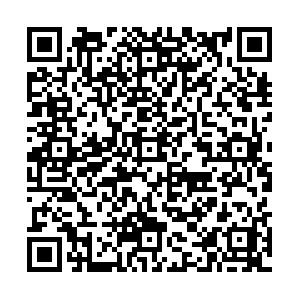Abstract:
Due to the different reflective properties of the diffuse and specular components in composite surface objects and the limitations imposed by the camera depth of field, defocusing of sinusoidal fringes occurs in specular imaging, leading to phase errors. To achieve the efficient and high-precision measurement of composite surface objects, this paper proposes a method for three-dimensional surface topography measurement by combining defocused binary patterns with sinusoidal fringes. Firstly, the paper partitions and calibrates the defocus level of the system based on the edge and second-order blur methods, addressing the issue of varying defocus levels of the reference surface due to the tilted placement of the camera. Then, a binary fringe phase error model is established to determine the optimal fringe width and the defocus range. Finally, defocus compensation is applied to the binary fringes in the slightly defocused region, ensuring that the captured fringes are within the optimal defocus range. Three-dimensional surface topography measurement is conducted based on this approach. Experimental results show that the proposed method reduces the error in the specular component from 0.033 mm to 0.019 mm, thereby improving the accuracy of composite surface measurement.


 E-mail Alert
E-mail Alert RSS
RSS


